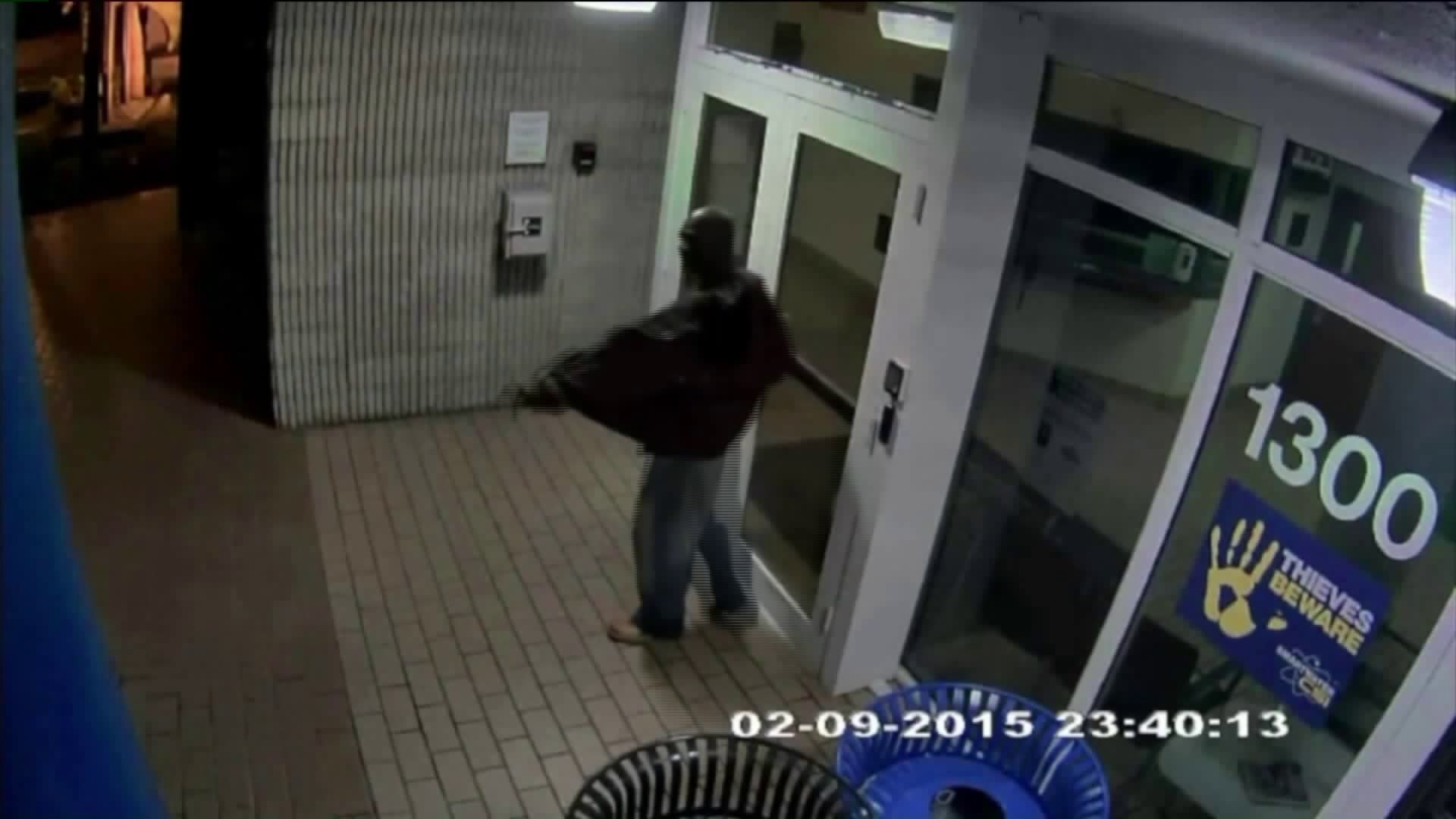A survey released last week found that roughly one percent of U.S. teenagers have knowingly tried the dangerous drug flakka, which is a close cousin to a drug with a more familiar street name – bath salts.
According to pharmacist Dr. Michael White, both drugs are form a family of drugs called synthetic cathinones.
“What makes it a little bit different is, in addition to some of the feelings of energy and euphoria that you can experience, and with the increases in blood pressure and heart rate that you get with any of those types of stimulants, it also has a little higher risk of causing psychosis,” he said.
Combine that psychosis with a drug-fueled adrenaline rush, and it sometimes takes a whole team of police officers to contain one user.
“…and then when they run into the street they’re running in the street crazed but with all of this boundless energy,” said Dr. White.
Dr. White said that rush can cause long-term damage, aside from any ways that users find to hurt themselves while high.
“When you get this release of adrenaline and you increase your heart rate and you increase your blood pressure, there’s an increased risk that you could develop heart disease, or if you have heart disease or if you have vascular disease that you could end up having a stroke, that you could have a heart attack, that you could develop arrhythmias,” said Dr. White, who added that many users also run the risk of long-term kidney damage.
Compounding the problem - when flakka users overdose, it can be hard for doctors to help them quickly, because many drug tests currently don’t test for flakka.
“If they don’t know that you’re taking it, and they have to guess what it is, and that process of working through that system ends up postponing the time in order to get the best type of therapy for you,” said Dr. White.
The study, from researchers at NYU Langone, said just under one percent of teenagers have knowingly tried flakka, but Dr. White said more teens may have unknowingly tried it. He also said that one percent appears to not be uniformly spread around the country, instead being more clustered in certain populations.
“In the Latino population, use is higher than it is in some of the other populations and some regions the use is higher, so down in the Miami area use is higher than it is in other places in the country but it is spreading from that area,” he said.

